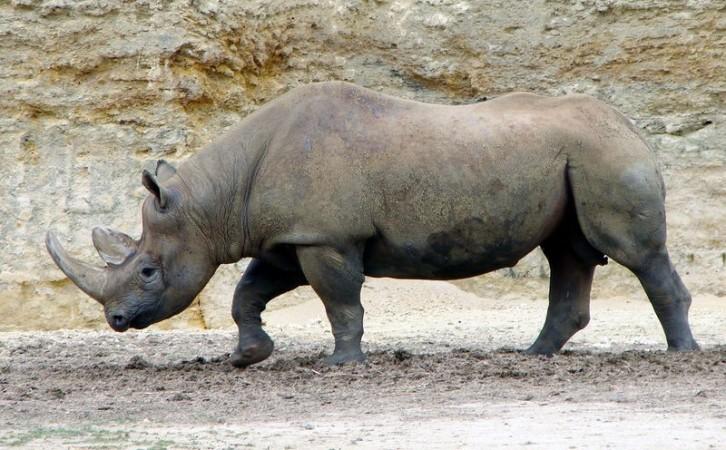
According to a new study, some species of plants and animals has become extinct about 1,000 times faster than they did since humans occupied earth and the world is now on the verge of sixth great extinction.
Examining the rate of extinction in past and present, the researchers found a lower rate of extinction in the past. The planet is observing species extinction about 10 times faster than what the biologists had believed, Santa Fe New Mexican quoted biologist Stuart Pimm of Duke University and the study lead author.
"We are on the verge of the sixth extinction. Whether we avoid it or not will depend on our actions." Pimm said from research at the Dry Tortugas.
Numerous factors contribute to the disappearing of species at speedy rate, said Pimm and co-author Clinton Jenkins of the Institute of Ecological Research in Brazil. But the most vital factor is habitat loss. Species are unable to find places to build their homes as most of the land is occupied or altered by humans. Other factor is climatic change that affect in survival of the species.
"If we don't do anything, this will go the way of the dinosaurs." Boris Worm, University marine biologist, who was not directly part of the study.
Around 66 million years ago, mass extinction killed dinosaurs and some other species on Earth and about 252 million years ago, Great Dying killed 90 percent of the total world species.
But Pimm and Jenkins are hopeful in retaining the existing species. They said that with the use of smartphones and applications like iNaturalist, common people and biologists can locate species in trouble and once they locate endangered species, they can then try saving their habitat using captive breeding and other such methods to save the species from extinction, the researcher explained.
One such success story is the golden lion tamarin. Many decades ago the small primates were thought to be extinct due to habitat loss, but were then spotted in remote parts of Brazil. The biologists bred them in captivity and helped establish new forests for them to live in, said Jenkins.
"Now there are more tamarins than there are places to put them," Worm said.
The research work was published on Thursday 29 May in the journal Science.









!['Abhishek will win national award': Abhishek Bachchan's poignant act will tug your heartstrings in slice of life emotional saga I Want To Talk [trailer review]](https://data1.ibtimes.co.in/en/full/805617/abhishek-will-win-national-award-abhishek-bachchans-poignant-act-will-tug-your-heartstrings.jpg?w=220&h=138)



